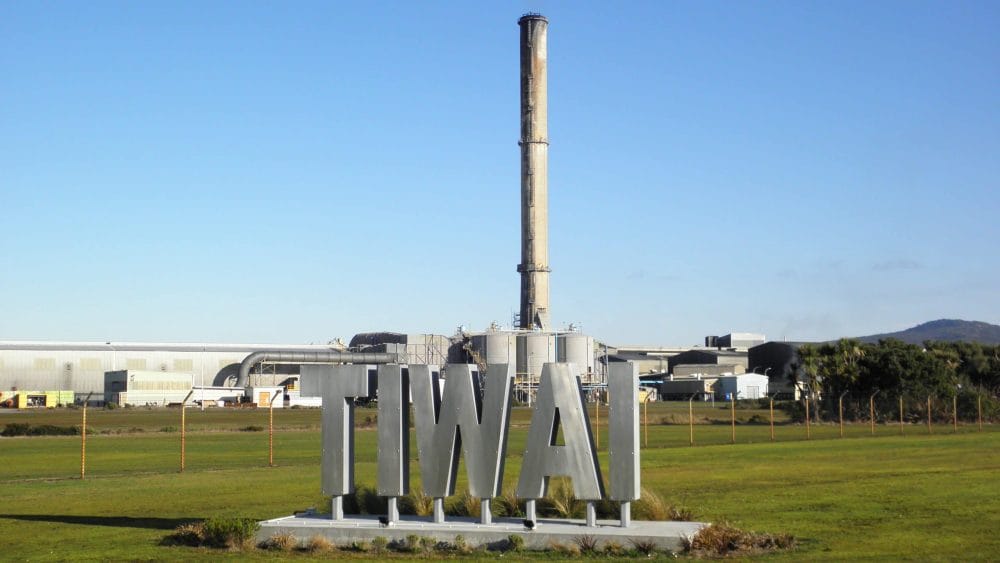Government officials are confident Tiwai Point aluminium smelter will not close if aluminium prices remain high.
But they warn there are risks this will add millions of tonnes to greenhouse gas emissions.
Southland has been gearing up to cope with losing hundreds of jobs and lots of spending when the smelter shuts at the end of 2024.
However, Treasury documents released under the Official Information Act (OIA) estimate strong aluminium prices left the smelter half a billion dollars better off last year.
“While NZAS’ electricity supply contract with Meridian ends in December 2024, in conjunction with its announced closure, we assess that there is a good prospect that the smelter will continue to operate beyond that date if the outlook for the aluminium market remains sufficiently positive,” an update to ministers said.
Meridian Energy said its “planning and forecasts assume” a December 2024 closure.
Cheap power deals for Tiwai have been a political hot potato for years.
The update said the Climate Change Commission had identified risks from New Zealand Aluminium Smelters (NZAS) keeping going.
It calculated this could add 12 million tonnes of CO2 emissions from next year until 2035, well above the commission’s “projected transition pathway”.
“This is because smelter closure assumes that more emissions-intensive electricity production will be taken offline due to Manapouri’s surplus supply entering the grid.”
A key commission recommendation is the country “decarbonise” the energy system, including by favouring electricity that has a low emissions impact.
Several businesses and iwi are exploring if Tiwai Point can be used for green hydrogen production.
These transitions are part of plans the Ministry of Business, Innovation and Employment was meant to release in October, but its ‘Just Transitions’ report had been delayed now until next year, the ministry told RNZ.
The company and its majority owner Rio Tinto have been embroiled in fraught and now-stalled negotiations for over a year with the government about cleaning up the smelter.
The OIA documents show the company told Crown negotiators it had about $47m in an Environmental Restoration Account with Inland Revenue. It has also made provision for almost $300m of remediation costs.
NZAS has a power agreement which expires in December 2024, a NZAS spokeperson said in a statement.
“Rio Tinto remains committed to remediating the site and can confirm NZAS has deposited funds into an environmental restoration account under the Income Tax Act and has provisions for closure costs in its accounts,” the statement said.
Source: rnz.co.nz Republished by arrangement.

